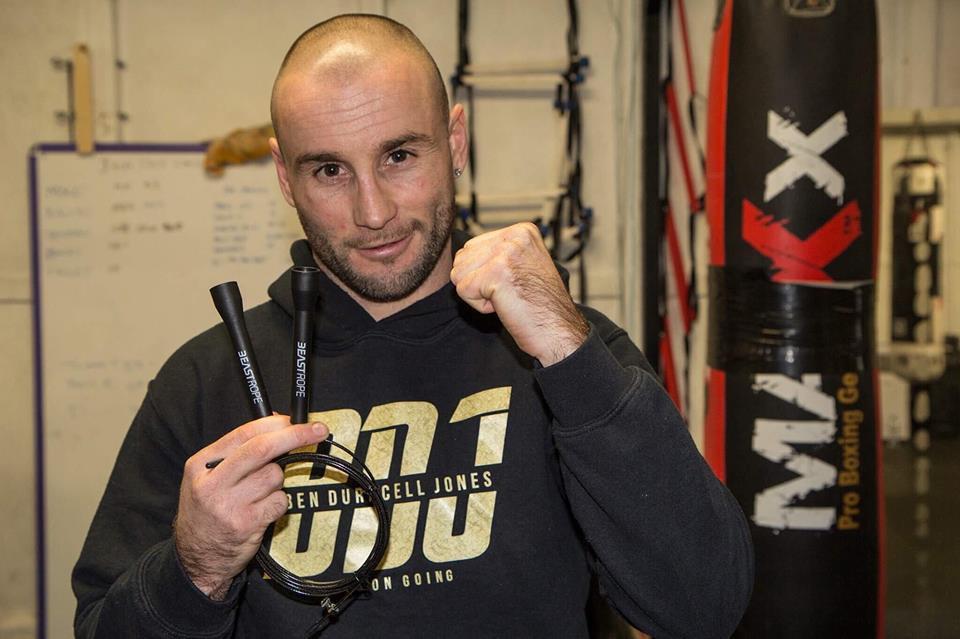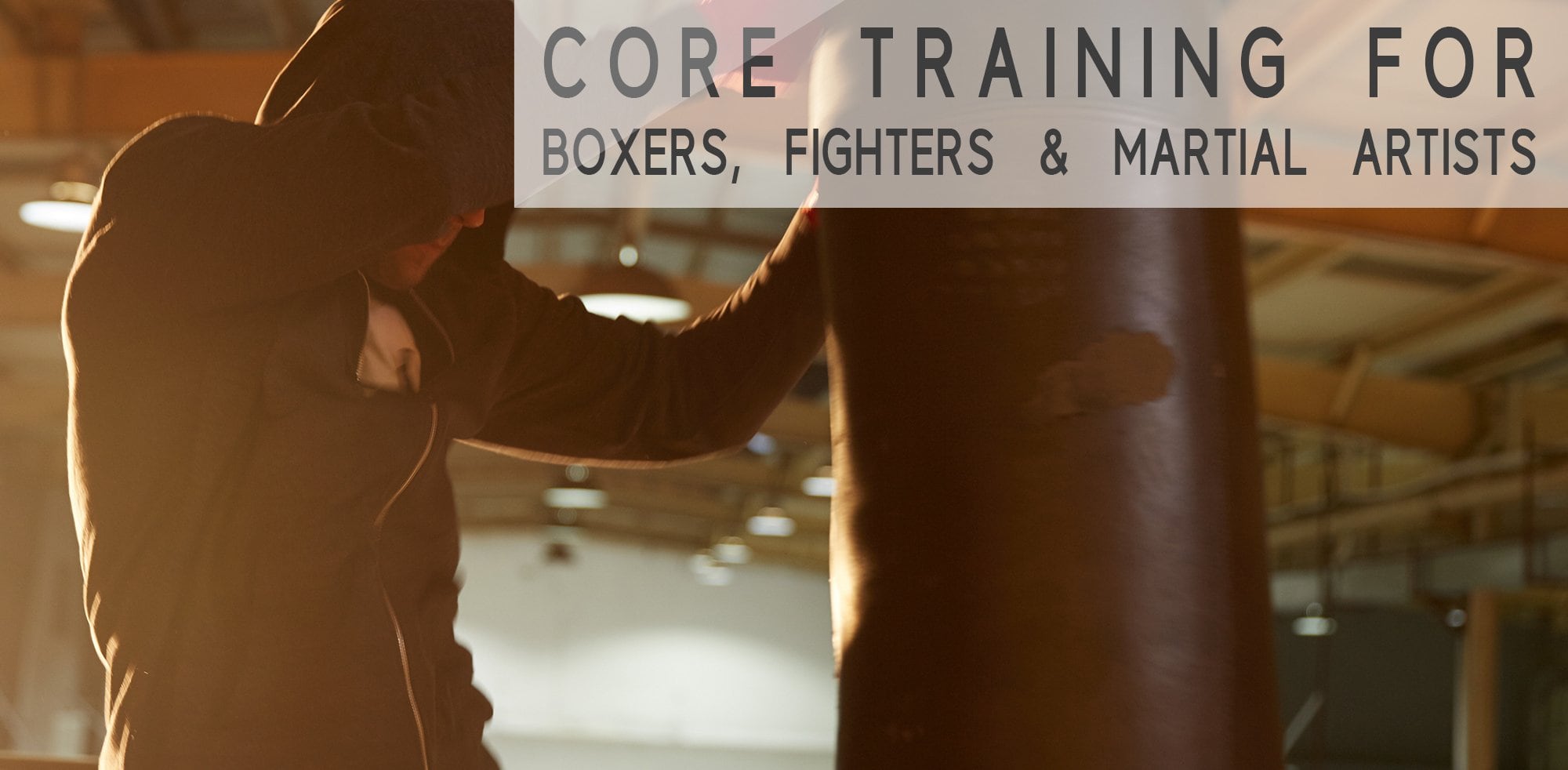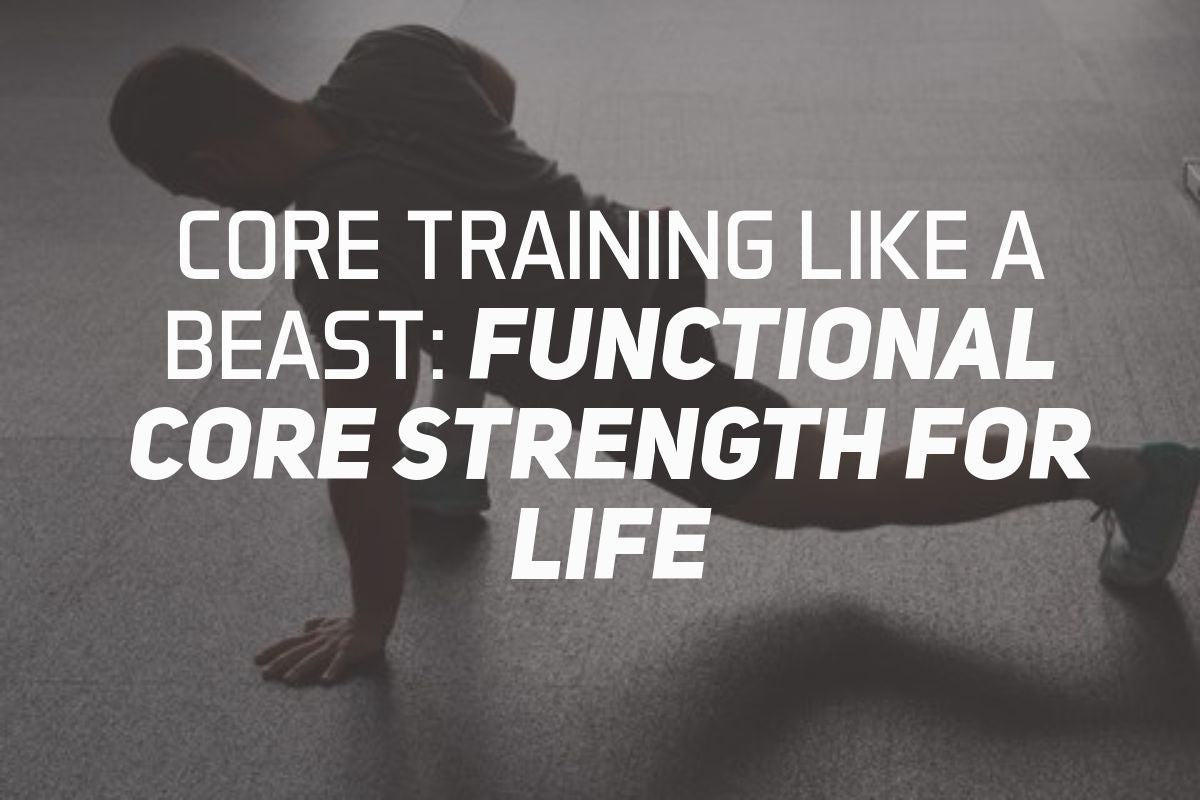‘The Core’, a term thrown around all over the place these days. What is it? Is it even a thing, or just a buzzword? What is it for? Do we need to train it? How do we train it? Should we be doing hundreds of sit-ups?...read on my friend…
What is the core?
When we hear “core”, many of us immediately think “abs”. Nope.
 The core is much more than just abs.
The core is much more than just abs.
The core includes all the muscles in the torso, acting synergistically to stabilise and control movement.
It incorporates the abdominals, obliques, erectors, glutes, hip flexors, lats, adductors amongst others. This musculature acts on the spine, scapulae, shoulders, hips, and pelvis.
Being in the torso, a key function of the core is to transfer force between the upper and lower body efficiently and easily. In doing so it acts to reduce and resist spinal flexion, extension rotation, and lateral flexion – in short: the core’s function is to RESIST MOTION.
OK…but what does that mean for your training, in plain English? Well, we’re getting there but first...
Should we train the core?
In a word: yes. If you’re convinced, move to the next section. If you want more detail, keep reading…
Core training is important for everyone. For sedentary desk jockeys, or elite athletes. Professor Stuart McGill is the world authority on back pain and core training and says (1):
"The well-trained core is essential for optimal performance and injury prevention."
 These days, many people sit for 8 to 9 hours per day at work. Add time sitting in the car, bus or train and later on the sofa and that’s a lot of sitting. Lots of sitting with no exercise weakens the muscles of your core. Our ancestors didn't need additional core training because they performed labour-intensive tasks throughout the day.
These days, many people sit for 8 to 9 hours per day at work. Add time sitting in the car, bus or train and later on the sofa and that’s a lot of sitting. Lots of sitting with no exercise weakens the muscles of your core. Our ancestors didn't need additional core training because they performed labour-intensive tasks throughout the day.
No one wants to bend over to pick up a pencil, and blow out their back. Believe me, I have done it! Add intense exercises such as deadlifting to the equation and you can see that we really ought to pay attention to our core musculature.
Take a Crossfitter, runner or fighter who considers themselves to be well trained. Well perhaps they have to limit their training because of back pain? Does their training actually target the core in 3-dimensions? It doesn’t matter how many deadlifts, cleans and snatches you do if the core is the weak link. Yes these exercises train the core – but specific core focus is vital.
How should we train the core?
You have to do 500 sit-ups every day.
Only joking, don’t do that unless you love back pain.
Sit-ups are bad for you. Some people might argue they’ve been doing them for years and had no problems. Well, I’d be interested to ask their opinion in another 20 years when they are struggling with their zimmer-frame. In 2005, research attributed 56% of all the injuries during the two-yearly US Army Physical Fitness Test, to sit-ups (2).
In 2005, research attributed 56% of all the injuries during the two-yearly US Army Physical Fitness Test, to sit-ups (2).
Sit-ups have already been removed from the Canadian armed-forces fitness test due to concerns of lower-back injury (3) and in the US, the Navy Times called them "an outdated exercise today viewed as a key cause of lower back injuries" (4).
Still not convinced? Stuart McGill found that sit-ups and crunches place 3,300N (340 kg) of compressive force on the spine (5). These forces can lead to problems including disc bulges and herniation. So what should we be doing instead?
Effective and safe core training
We want to train the core to resist movement against different directions of force, whilst at the same time perform actions with our limbs. In other words, get stiff in the core, whilst producing force in the arms and legs. 
There are 5 categories of core exercise:
- Anti-extension
- Anti-flexion
- Anti-lateral flexion
- Anti-rotation
- Hip flexion with neutral spine
Anti-Extension
This means resisting extension at the spine. Exercises include:- Plank
- Push-up
- CORE SLIDING
Our favourite anti-extension exercises involve using BEASTGEAR Core Sliders to perform a range of movements which give a highly effective core workout. They can be used just about anywhere, on carpets or hard wood floors, or home, in a hotel, or in the gym.
Anti-Flexion
This means resisting flexion or bending. Exercises include:
- Deadlift
- Squats (especially front squats)
- Bent-over row
Anti-Lateral Flexion
This means resisting side bending. Exercises include:- Side planks
- Farmers walks
- Kettlebell carries
Anti-Rotation
This means resisting rotation about the spine. Exercises include pallof press variations. Check out this fantastic article by Tony Gentilcore.
Hip-flexion with neutral spine
These are the most advanced exercises. Hip flexion with neutral spine means using your hip flexors to 'pull' your knees to your chest, closing the angle between the torso and the legs, without flexing the spine. Think of it as "keeping a flat back whilst flexing your hip". These would typically be attempted after proficiency of the above 4 categories is obtained, and certainly only easy progressions should be attempted at first. Exercises include:
- Prone jackknifes
- Hanging leg/knee raises
Conclusion
So there you have it. Core training: important for everyone in order to prevent injuries sustained during everyday life and athletic pursuits. Exercises which encourage stability through the core whilst resisting movement about the spine are the most effective, efficient and safe way to train the core. It is beyond the scope of this article to discuss a specific core training programme – stay tuned.
Meanwhile, BEASTGEAR Core Sliders offer a great value intense and effective core training solution you can take anywhere. Check them out here.
REACH YOUR GOALS. BEAST YOUR GOALS.
References
- McGill, S., 2010. Core Training: Evidence Translating to Better Performance and Injury Prevention. National Strength and Conditioning Association. Volume 32(3).
- Evans, R. et al., 2005. Incidence of Acute Injury Related to Fitness Testing of U.S. Army Personnel. U.S. Army Research Institute of Environmental Medicine
- The Wall Street Journal, 2015 Why You Can Stop doing Sit-Ups
- Navy Times, 2015 Editorial: Revamp Navy Fitness Test
- McGill, S.M. Low back disorders: Evidence based prevention and rehabilitation, Human Kinetics Publishers, Champaign, IL, U.S.A., 2002. ISBN 0-7360-4241-5, Third Edition, 2016.
Read more

When an intercontinental champion and world No. 4 boxer is using your speed rope, you know you are onto a winner… Ben ‘Duracell’ Jones was training last month in Muhammad Ali’s favourite gym, the...

If you read our article on core training, you’ll know what we think of sit-ups and crunches. If you haven’t – check that one out here where we discuss what the core is, and the general approaches t...


